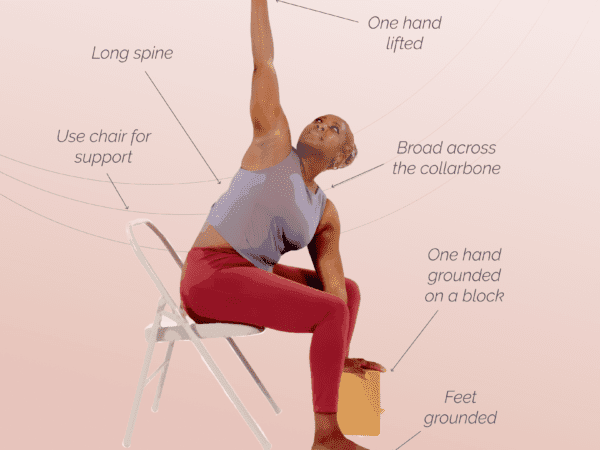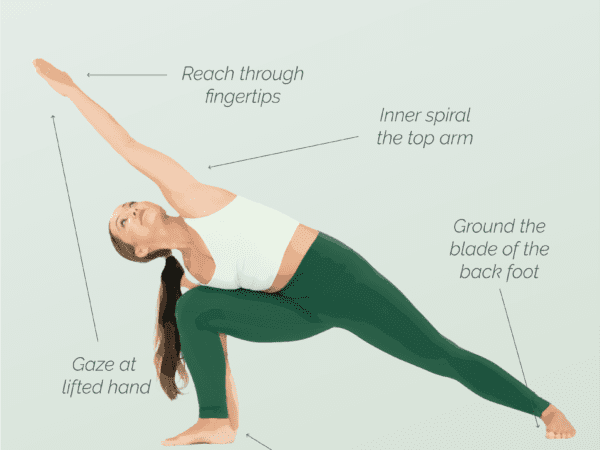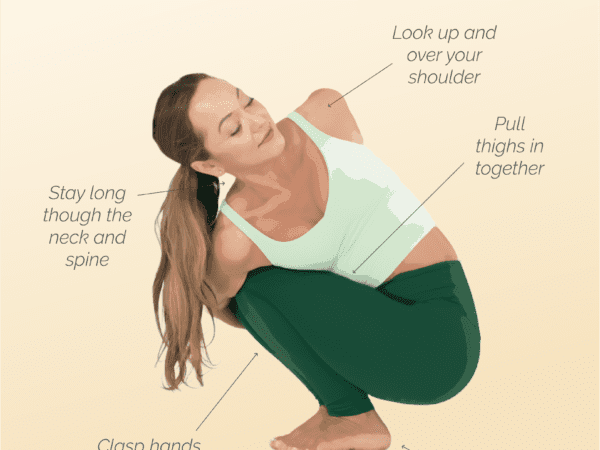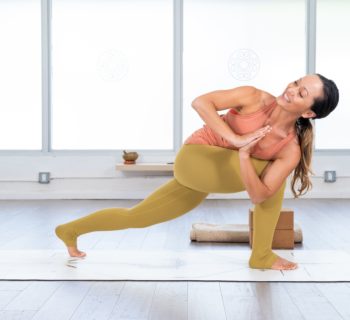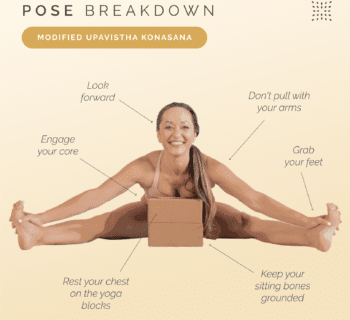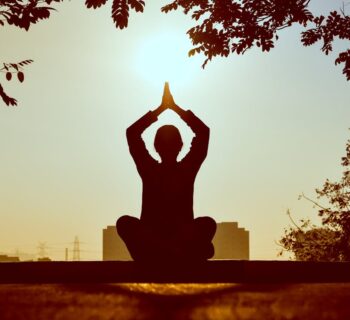In the ever-evolving journey of yoga practice, learning from mistakes in bridge pose, or setu bandhasana, and exploring the nuances of a backbend stands as a beacon of strength, flexibility, and tranquility. This foundational pose, with its graceful arch and empowering stance, offers a myriad of benefits that extend beyond the physical realm, nurturing both mind and spirit. Whether you’re a seasoned yogi or a curious beginner, mastering bridge pose can unlock new dimensions of your practice, enhancing your alignment, boosting your confidence, and inspiring a deeper connection to your inner self. Join us as we delve into the art of perfecting this transformative pose, guiding you toward a harmonious blend of form and function that will elevate your yoga journey to new heights.
Benefits of Bridge Pose
Bridge pose, or setu bandhasana, is a powerhouse of benefits that can significantly enhance your physical and mental well-being. Here are some of the remarkable advantages of incorporating this pose into your yoga practice:
Strengthens the Back and Core: By engaging the muscles of the back, glutes, and core, bridge pose enhances core engagement, helping to build strength and stability, supporting better posture, and reducing the risk of back pain.
Opens the Chest and Shoulders: This pose encourages the expansion of the chest and shoulders, promoting better breathing and relieving tension in the upper body. It’s particularly beneficial for those who spend long hours hunched over desks or devices.
Stretches the Spine and Hips: The gentle arch of bridge pose provides a soothing stretch to the spine and hip flexors, enhancing flexibility and alleviating stiffness.
Stimulates the Thyroid and Lungs: By gently compressing the neck, bridge pose stimulates the thyroid gland, which can help regulate metabolism. It also encourages deeper breathing, improving lung capacity.
Calms the Mind and Reduces Stress: As a mild inversion, bridge pose helps calm the nervous system, reducing stress and anxiety. It fosters a sense of tranquility and balance, making it an excellent pose for mental relaxation.
Improves Digestion: The pose massages the abdominal organs, aiding digestion and promoting detoxification, which can lead to improved overall health.
Boosts Energy Levels: By invigorating the body and mind, bridge pose can leave you feeling refreshed and energized, ready to tackle the challenges of the day with renewed vigor.
Incorporating bridge pose into your regular yoga routine can be a transformative experience, offering a holistic blend of physical, mental, and emotional benefits that inspire a healthier, more balanced lifestyle.
Contraindications for Bridge Pose
While bridge pose offers a wealth of benefits, it’s essential to approach it with mindfulness and awareness of any contraindications to ensure a safe and rewarding practice. Here are some considerations to keep in mind:
Neck and Shoulder Injuries: Individuals with neck or shoulder injuries should exercise caution when practicing bridge pose. The pose involves pressure on these areas, and modifications or support, such as using a folded blanket under the shoulders, may be necessary.
Back Issues: Those with severe back problems or recent back surgery should consult a healthcare professional before attempting bridge pose. While it can strengthen the back, improper alignment or overexertion can exacerbate existing conditions.
Knee Pain: If you experience knee pain, be mindful of the pressure placed on the knees during this pose. Adjusting the distance between the feet or using props for support can help alleviate discomfort.
Pregnancy: Pregnant individuals, especially in the later stages, should approach bridge pose with caution. Modifications or alternative poses that reduce pressure on the abdomen may be more suitable.
High Blood Pressure: As a mild inversion, bridge pose can affect blood pressure. Those with uncontrolled high blood pressure should seek guidance from a healthcare provider before incorporating this pose into their practice.
Recent Surgery: If you’ve recently undergone surgery, particularly in the abdominal or spinal regions, it’s crucial to allow adequate healing time before attempting bridge pose. Consult with your healthcare provider for personalized advice.
By being aware of these contraindications, avoiding common mistakes, and making necessary adjustments, you can safely enjoy the transformative benefits of bridge pose while honoring your body’s unique needs and limitations. Always listen to your body and seek professional guidance when needed to ensure a safe and fulfilling yoga journey.
How to do Bridge Pose Step-By-Step Instructions
Embarking on the journey to master bridge pose, also known as Setu Bandha Sarvangasana, can be a transformative experience, enhancing your strength, flexibility, mental clarity, and inner peace. Follow these step-by-step instructions to achieve perfect form and alignment:
Preparation: Begin by lying flat on your back on a yoga mat. Bend your knees and place your feet flat on the floor, hip-width apart. Ensure your heels are close enough to your glutes so that your fingertips can graze them when your arms are extended alongside your body.
Positioning Your Arms: Rest your arms alongside your body, palms facing down. This position will provide stability and support as you lift into the pose.
Engage Your Core: Before lifting, engage your core muscles by drawing your navel towards your spine. This will help protect your lower back and maintain stability throughout the pose.
Lift Your Hips: On an inhale, press firmly into your feet and lift your hips towards the ceiling. Keep your thighs parallel and avoid splaying your knees outward. Your body should form a gentle arch from your shoulders to your knees.
Adjust Your Shoulders: Roll your shoulders underneath your body, bringing your shoulder blades closer together. This will open your chest and provide a stable base for the pose.
Clasp Your Hands (Optional): For a deeper stretch, interlace your fingers beneath your back, extending your arms along the mat. This action can further open the chest and enhance the stretch.
Maintain Alignment: Keep your gaze directed towards the ceiling, ensuring your neck remains in a neutral position. Avoid turning your head to the side to prevent strain.
Hold the Pose: Breathe deeply and hold the pose for 5 to 10 breaths, or as long as comfortable. Focus on maintaining a steady breath and a calm mind.
Release the Pose: To exit the pose, gently unclasp your hands (if clasped) and slowly lower your spine back to the mat, vertebra by vertebra. Allow your knees to fall together and rest for a moment before transitioning to your next pose.
By following these steps with mindfulness and attention to detail, you can achieve the perfect Bridge Pose, also known as Setu Bandha Sarvangasana, unlocking its myriad benefits and enhancing your overall yoga practice. Remember to listen to your body and make adjustments as needed, ensuring a safe and fulfilling experience.
Watch this class with Kino MacGregor for more instructions about how to do bridge pose.
Additional Tips
To truly elevate your Bridge Pose practice and ensure a safe, effective, and enriching experience, consider incorporating a backbend exercise and these additional tips:
Warm Up: Before attempting bridge pose, engage in a gentle warm-up to prepare your body. Incorporate poses like cat-cow, downward-facing dog, and gentle spinal twists to increase flexibility and reduce the risk of injury.
Use Props for Support: If you’re new to bridge pose or seeking additional support, consider using props. Placing a yoga block under your sacrum can provide stability and allow you to focus on alignment and breath without straining.
Focus on Breath: Your breath is a powerful tool in yoga. As you hold bridge pose, maintain a steady, deep breath. This not only helps calm the mind but also enhances the pose’s effectiveness by encouraging relaxation and deeper engagement of the muscles.
Mind Your Alignment: Pay attention to the alignment of your knees and feet. Keep your knees directly above your ankles and your thighs parallel to each other to prevent strain on the knees and ensure even distribution of weight.
Engage the Inner Thighs: To maintain stability and prevent your knees from splaying outward, gently engage your inner thighs. Imagine holding a block between your knees to keep them aligned.
Listen to Your Body: Every body is unique, and it’s crucial to honor your own limits. If you experience any pain or discomfort, ease out of the pose and make necessary adjustments. Yoga is about finding balance and harmony, not pushing through pain.
Gradual Progression: As you become more comfortable with bridge pose, you can explore variations to deepen the stretch or challenge your balance. Experiment with lifting one leg at a time or transitioning into a wheel pose for a more advanced practice.
By incorporating these tips into your practice, you can enhance your bridge pose experience, fostering a deeper connection to your body and mind. Embrace the journey with patience and curiosity, and let the transformative power of yoga guide you toward greater strength, flexibility, and inner peace.
Are you looking for more guidance on your yoga journey? Sign up for Omstars to get access to thousands of yoga classes in the comfort of your own home. Click here to start your subscription.



